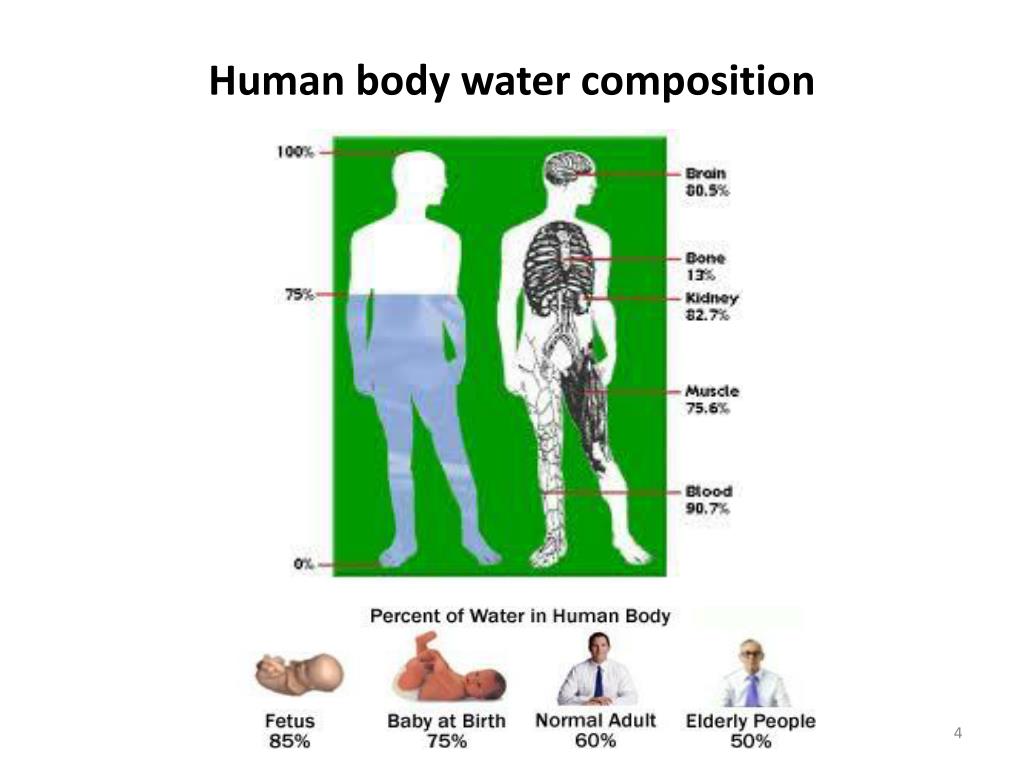
For the water molecule, the three normal modes of vibrations are symmetric stretching, bending and asymmetric stretching. The result however is similar to the valence bond approach, but the MO theory gives the energy levels of the electron for further exploration.Ītoms in a molecule are never at rest, and for each type of molecule, there are some normal vibration modes. The above approach is the valence bond theory, and both the C-H bonds and lone electron pairs are counted as VSPER pairs in the Valence-shell Electron-Pair Repulsion (VSEPR) model, according to which, the four groups point to the corners of a tetrahedron.įor triatomic molecules such as water, molecular orbital (MO) approach can also be applied to discuss the bonding.

The structures of CH 4, NH 3, and H 2O can all explained by these hybrid orbitals of the central atoms. These hybridized orbitals are shown on the right. The mixture is called sp 3 hybridization. Since the energy levels of 2 s and 2 p are close, valence electrons have characters of both s and p. Thus, the O-H bonds are pushed closer, making the H-O-H angle less than 109°.Īfter the introduction of quantum mechanics, the electronic configuration for the valence electron of oxygen are 2 s 2 2 p 4. Such an ideal structure should give H-O-H bond angle of 109.5°, but the lone pairs repel each other more than they repel the O-H bonds. The long pairs and bonds stay away from each other and they extend towards the corners of a tetrahedron. The eight electrons form two H-O bonds, and left two lone pairs. There are six valance electrons on the oxygen, and one each from the hydrogen atom in the water molecule. Their Lewis dot structures are shown on the right, and note the trend in bondlengths. These elements require 4, 3, 2, 1, and 0 H atoms to share electrons in order to complete the octet requirement. From carbon to neon, the numbers of valence electrons increase from 4 to 8. This strange geometry can be explained by various methods. The O-H bondlengths are 0.096 nm and the H-O-H angle = 104.5°. Pure water, H 2O, has a unique molecular structure. Structure and Bonding of the Water Molecule Properties of heavy water are particularly interesting due to its application in nuclear technology. In particular, D 2 16O is called heavy water, and it is produced by enrichment from natural water. (1993) Chemistry of Water and Water Pollution, Ellis Harwood for isotopic distribution of water.) Relative abundance of isotopic water H 2 16O Because the isotopic abundances are not always the same due to their astronomical origin, The isotopic distribution of water molecules depends on its source and age. The predominant water molecules H 2 16O have a mass of 18 amu, but molecules with mass 19 and 20 occur significantly. Abundances (% or halflife) of hydrogen and oxygen isotopes 1H From these data, we can estimate the relative abundances of all isotopic water molecules. Isotopes and their abundances of H and O are given below. Due to these isotopes, water molecules of masses roughly 18 (H 2 16O) to 22 (D 2 18O) are expected to form.


Both elements have natural stable and radioactive isotopes. Water consists of only hydrogen and oxygen.


 0 kommentar(er)
0 kommentar(er)
